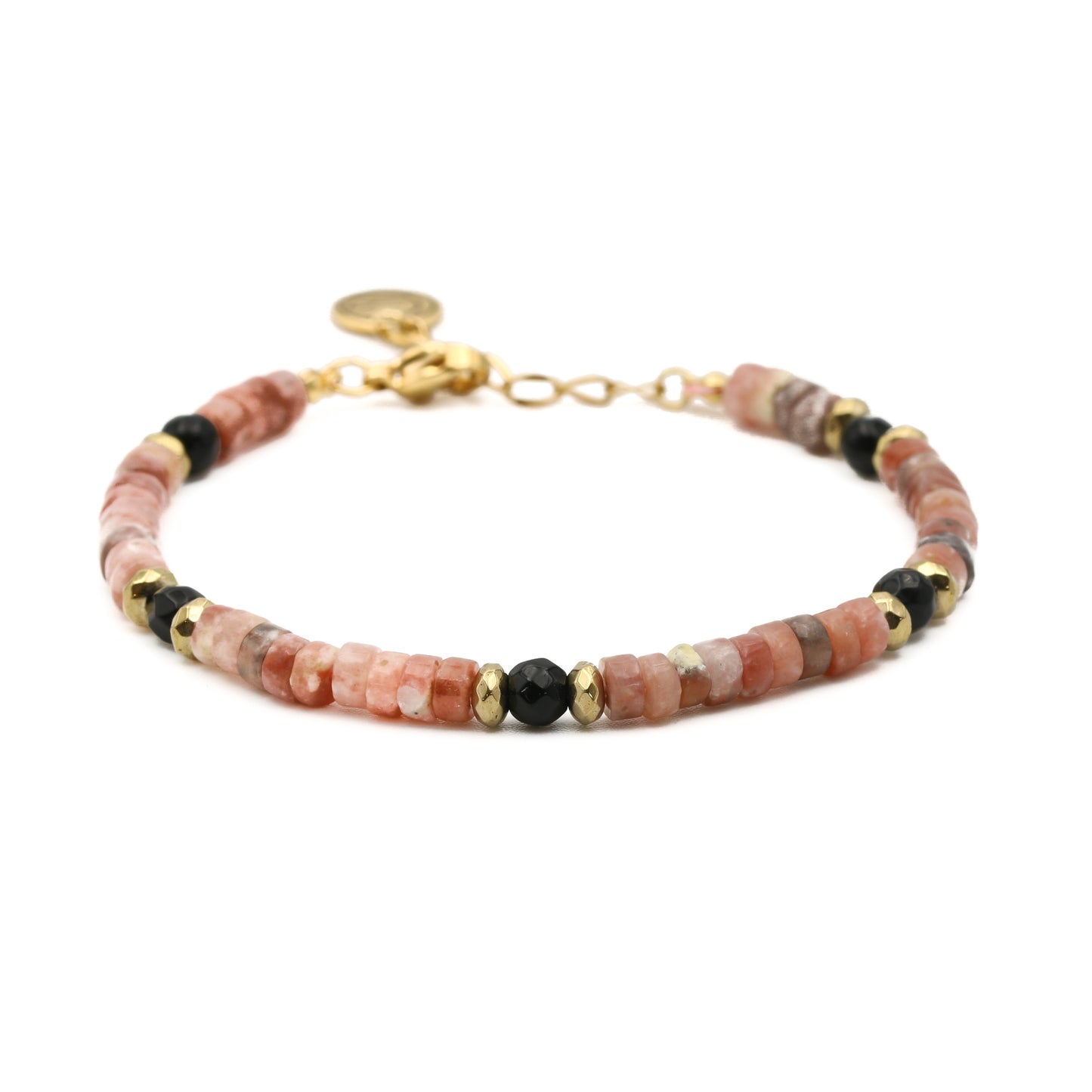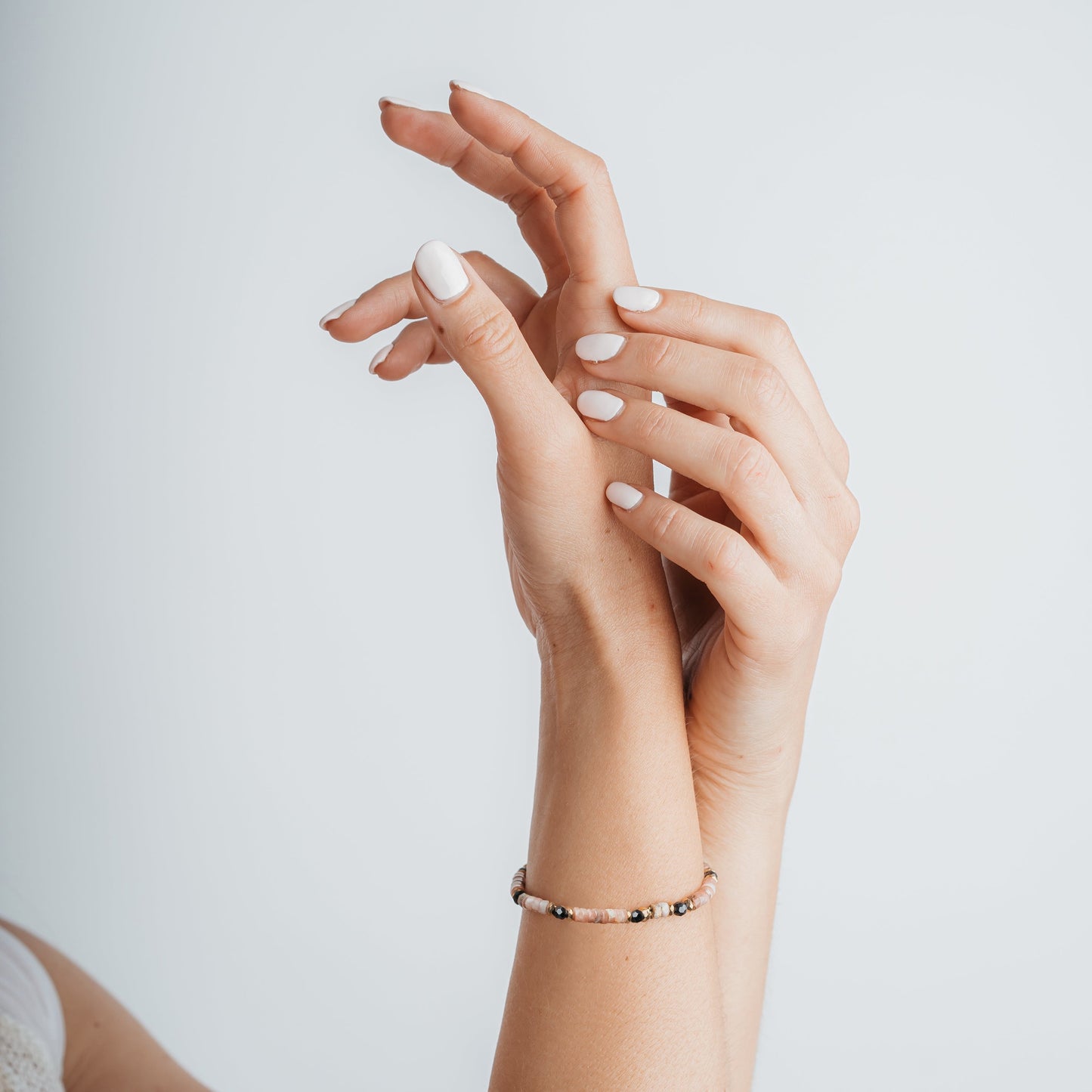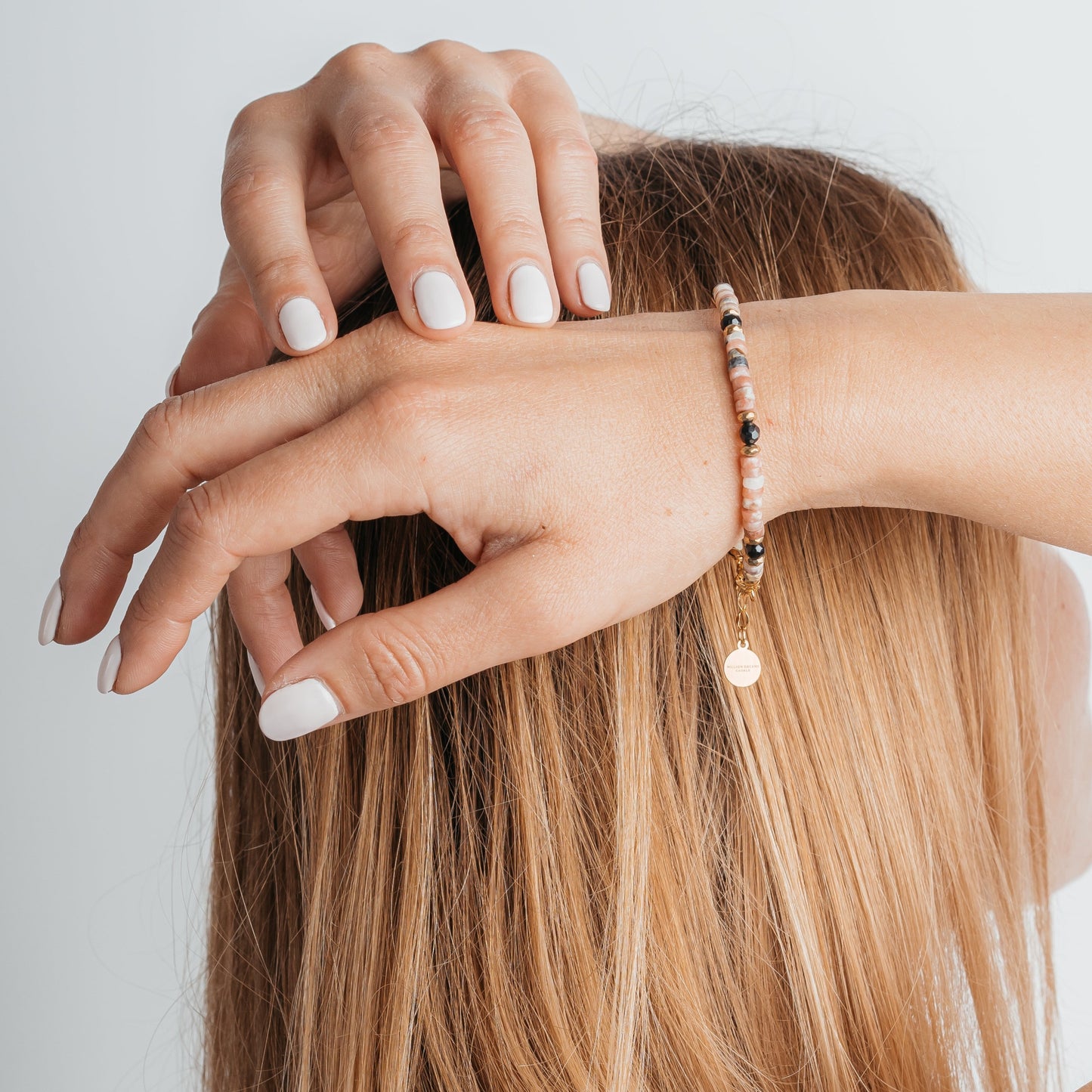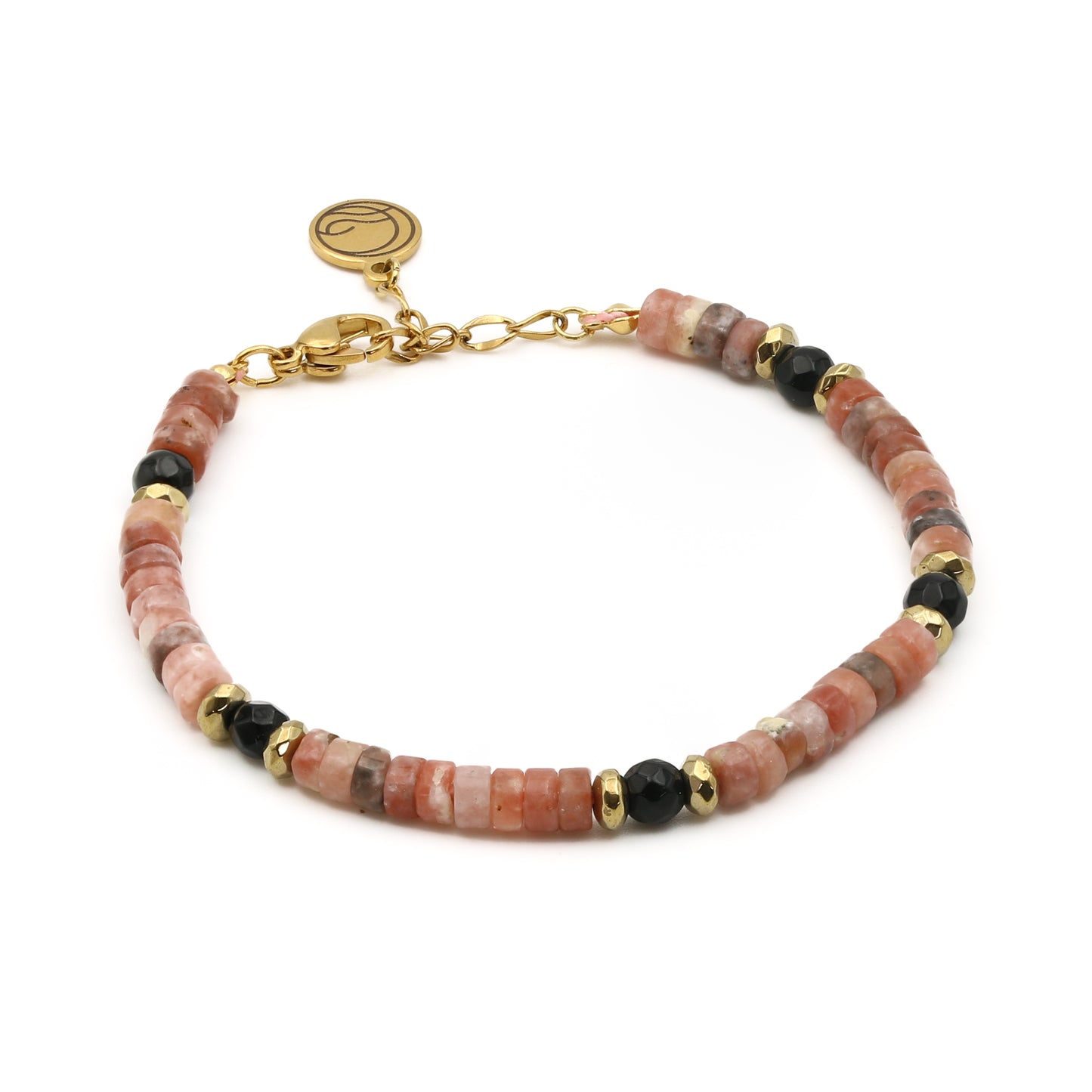Milliondreams Caorle
"Opălus" bracelet - SAND Collection
"Opălus" bracelet - SAND Collection
Couldn't load pickup availability
NOTE
NOTE
Tutti i nostri prodotti Million Dreams sono interamente assemblati a mano in Italia, a Caorle. Utilizziamo solo materiali di alta qualità, tra cui pietre preziose, colori specifici e parti in metallo come l'acciaio (Nickel free), l'argento 925 e la placcatura in oro 18 kt. Questi elementi, insieme alla lavorazione artigianale, conferiscono ad ogni pezzo unicità e caratteristiche specifiche che possono includere leggere imperfezioni. Proprio per questa ragione, i colori e le finiture dei prodotti possono variare leggermente rispetto alle immagini campione esposte sul nostro sito o nei nostri cataloghi. Queste variazioni non sono da considerarsi difetti, bensì parte del fascino e dell’autenticità dei nostri articoli, rendendo ogni pezzo unico nel suo genere.
NOTE
All our Million Dreams products are entirely assembled by hand in Italy, in Caorle. The stones and metal parts (nickel free stainless steel) make their imperfections a specific and natural feature.
MATERIALS
Composition in cotton thread with hook and adjustable chain 16 ÷ 20 cm approx., Stainless steel gold Nickel free,
Pink Opal + Black Onyx + Hematite.
Stones diameter 3.5 ÷ 4 mm.
DESCRIPTION
The dominant antique pink color can be defined as a neutral and elegant base for any outfit, but what makes this bracelet even more fascinating is the particular shape of the washer stones.
Embellished with hematite inserts, in full Million Dreams style, it is a perfect accessory for your collection or for a unique gift to whoever you know.
MORE INFORMATION
Opal is an amorphous colloidal mineral , consisting of hydrated silica (SiO2 nH2O), semi-amorphous or microcrystalline , i.e. without a reticular structure , in fact it does not appear in crystals, but in veins, nodules and crusts of various colors, often with iridescence . The color varies from transparent to milky white, with an infinity of different intermediates (green, red, yellow, brown, black).
The word "opal" has a common root in the Sanskrit ùpala, in the Greek ὀπάλλιος opallios and in the Latin opălus (meaning " precious stone " [4] ).
The name of onyx indicates two completely different types of rocks: siliceous onyx normally black in color streaked with white with SiO 2 composition . n H 2 O, similar to chalcedony (but not quartz , which is crystalline), found in Brazil , Mexico , and other places; and the calcareous onyx, also known as "alabastrite onyx", "etoca onyx" or "Egyptian onyx", which is composed of CaCO 3 (the one from Montaione is brown or light green that of Pakistan ).
Mineralogically silica onyx is a variety of chalcedony , that is quartz in compact microcrystalline masses, with an opaque or semi-opaque, uniform color, covering red-brown tones and the entire range of grays up to black.
Like all varieties of quartz it is very hard (6 to 7 in Mohs scale ).
It is mainly formed in a low temperature and metamorphic phylonian-hydrothermal environment, or, secondarily, in sedimentary rocks where it is presented in a massive and stratified form taking the name of flint , a material widely used by man in prehistory and in ancient times for the preparation of sharp objects and jewelry.
Share










